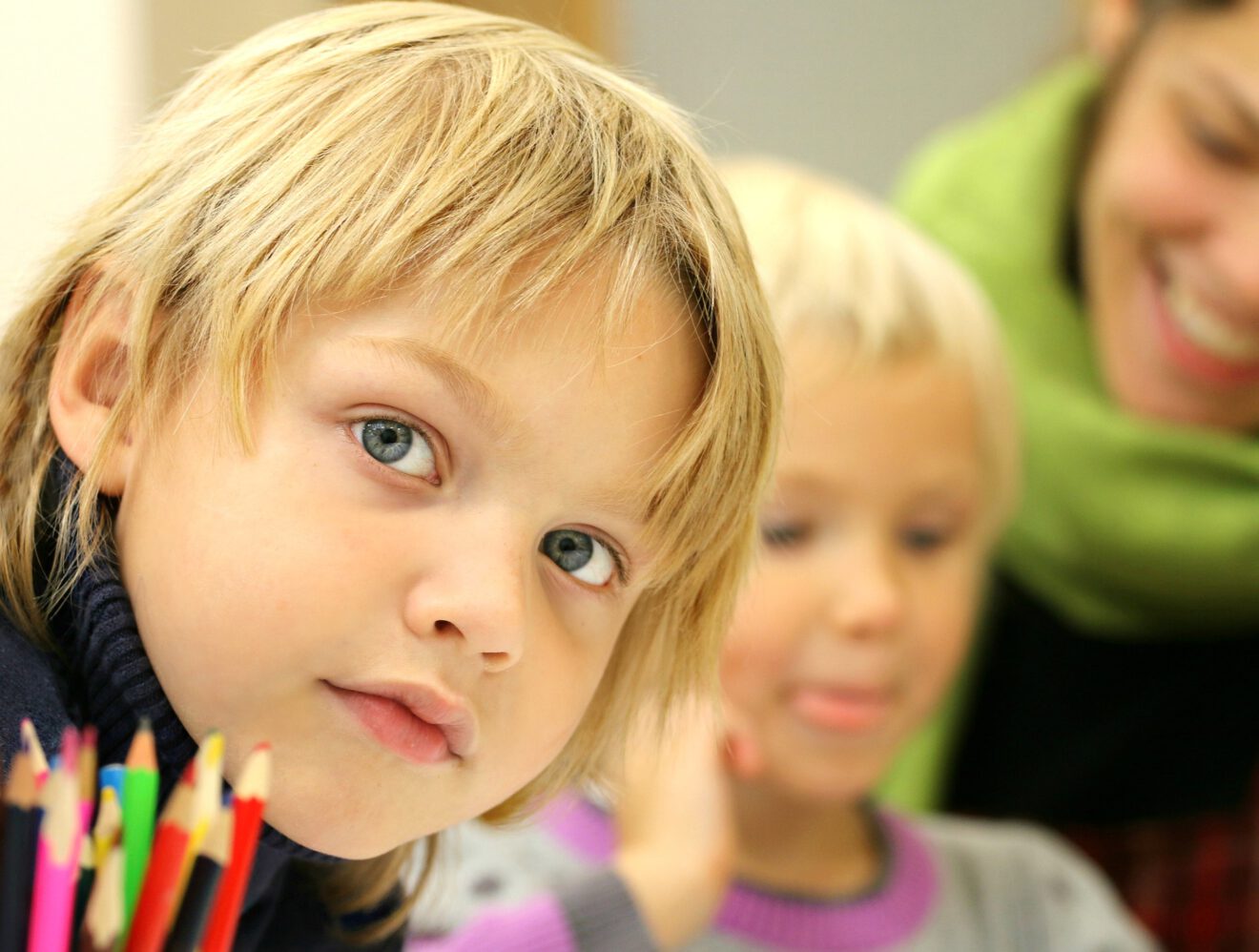When I create lessons for my students, my top priority is to integrate a problem-based learning (PBL) focus. This helps them see where they can use the skills they are learning outside our classroom. Cross-curricular activities are essential to this. They let students see subject through different lenses, which helps support understanding and retention.
I used Kids Discover Online to create my cross-curricular lesson, “Nature and Flight.” Their topics, “Mechanics of Flight,” “Countdown to Kitty Hawk,” and “Feathers and Flight” were exactly what I needed to spark interest and give students important information. Students had access to the KDO site and could easily find assigned topics under the classroom tab. The platform’s animated graphics illustrated some of the more technical ideas — such as wing warp and air flow over an airfoil — in a way that fourth graders can understand. The different Lexile reading level options embedded in the content helped each student read at their own pace to absorb the information. I am now using the assessment piece of KDO to develop my own pre- and post-lesson survey to evaluate what the students learned during this lesson.
Cross-curricular activities are powerful. They are a fresh way to immerse students in content and drive engagement and understanding.
Mary Lynn Espinosa is a fourth-grade math and science teacher at River’s Edge Montessori in Ohio.
Tech Tips is a content collaboration between SmartBrief Education and GreyED Solutions. Have a tech tip to share? Contact us at [email protected]
__________________________________________
Like this article? Sign up for SmartBrief on EdTech to get news like this in your inbox, or check out all of SmartBrief’s education newsletters, covering career and technical education, educational leadership, math education and more.
